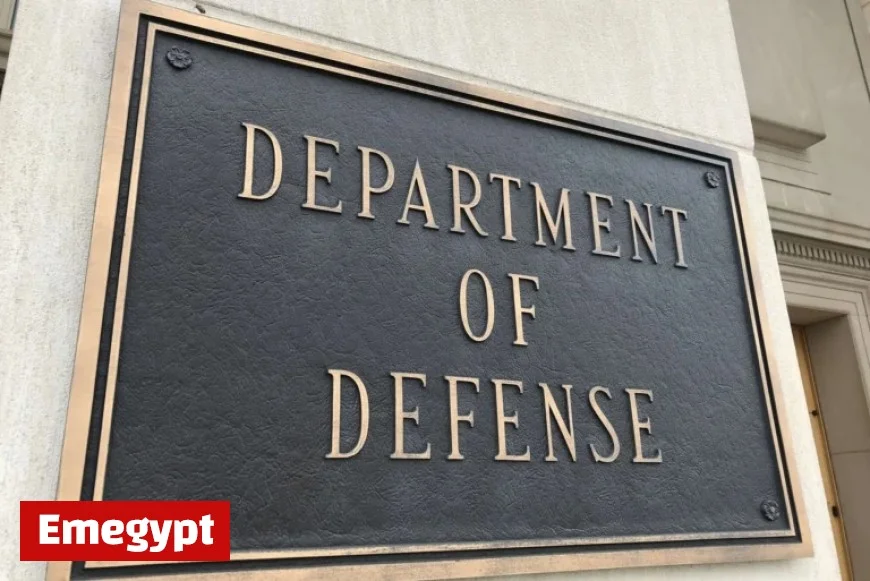DoD Removes Job Protections, Urges Managers to Terminate Swiftly

The U.S. Department of Defense (DoD) has issued a significant policy change affecting its civilian workforce. This new directive, detailed in a memo dated September 30, emphasizes the rapid termination of employees who perform unsatisfactorily. The directive urges managers to act “with speed and conviction” in dismissing underperformers.
Key Changes in Job Protections
Under the new policy, the DoD has removed prior requirements for managers to attempt rehabilitation before proceeding with terminations. This change, signed by Anthony Tata, Under Secretary of Defense for Personnel and Readiness, is designed to streamline the firing process for underperforming employees.
- Memorandum issued on September 30.
- Managers are now accountable for timely removals.
- Previous rehabilitation requirements suspended, allowing quicker dismissals.
Implications of the New Directive
Legal analysts caution that this new approach could lead to arbitrary terminations. Critics argue that the updated criteria for assessing performance are more subjective, granting managers increased discretion in firing decisions. Sean Timmons, a legal expert, expressed concerns that this could echo private sector practices where terminations become based on personal bias rather than clear performance metrics.
Concerns of Politicization
There are fears that the policy might be leveraged to remove employees based on political alignment rather than just performance. Virginia Burger, a defense policy analyst, noted the potential for misuse of the policy amid a backdrop of increasing political influence within the military.
Accountability and Due Process
Despite these concerns, some experts argue that the memo serves a valid purpose by holding underperforming employees accountable. Ron Sanders, a former DoD human capital leader, pointed out that existing laws provide sufficient due process for employees. The new timeframe for responses to termination notices has been significantly shortened:
- Seven days allotted for employees to respond to proposed removals.
- Deciding officials must issue final decisions within 30 days of proposals.
Operational Efficiency vs. Employee Rights
The DoD aims to improve operational efficiency through these streamlined procedures. However, this raises questions about employee rights and protections. Critics like Timmons warn that managers could interpret the expanded discretion to favor personal relationships over fair assessments of job performance.
Future Oversight and Human Resources Centralization
Additionally, the memo directs an examination of potentially centralizing human resources functions related to disciplinary actions. This procedural review could lead to more significant oversight of termination decisions, which positions the DoD at a crossroads between operational needs and maintaining ethical oversight.
Overall, while the Pentagon’s new approach aims to enhance accountability and efficiency within its civilian workforce, the removal of certain job protections and the speed at which terminations can now occur may provoke serious debate about fairness and due process in the workplace.
































